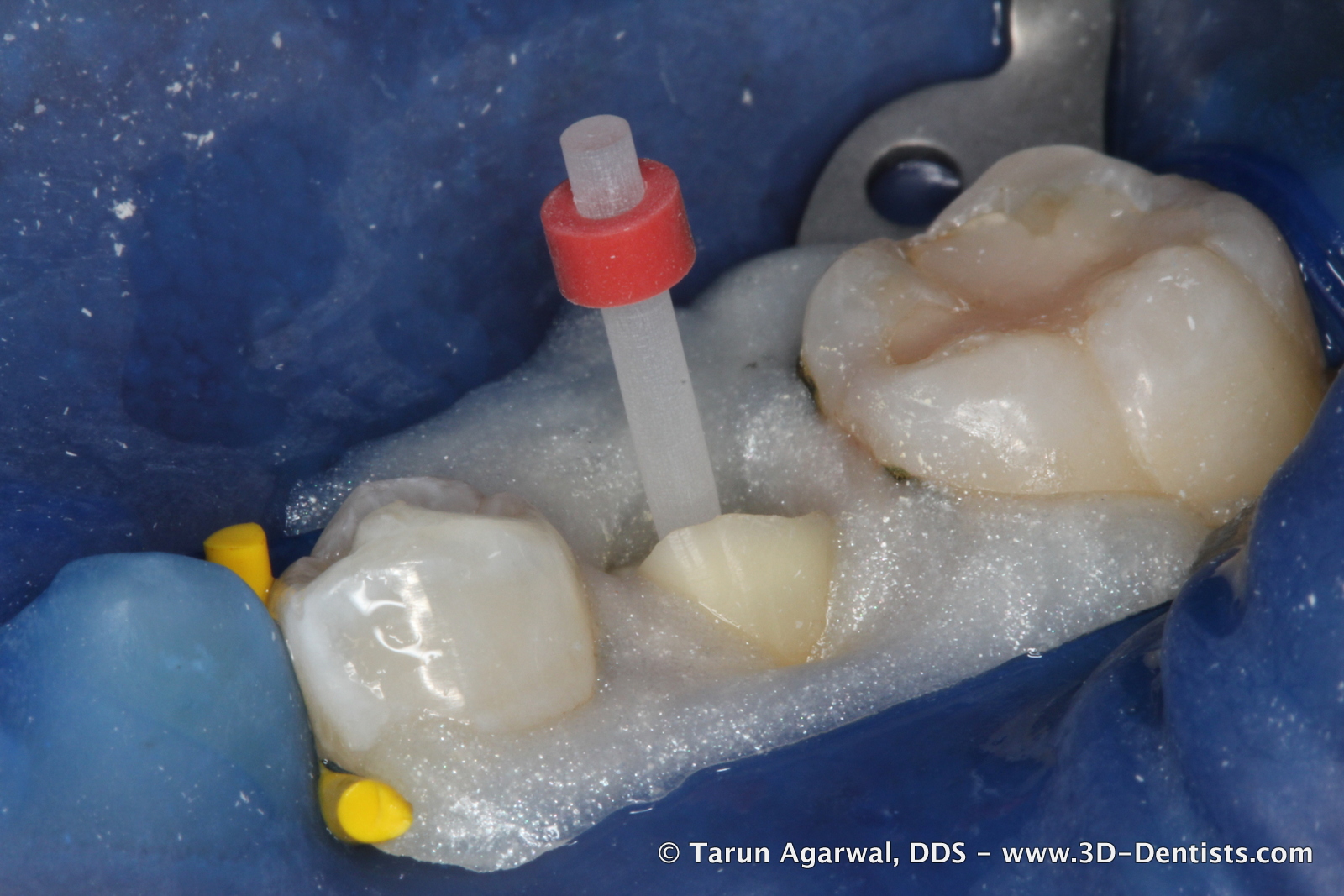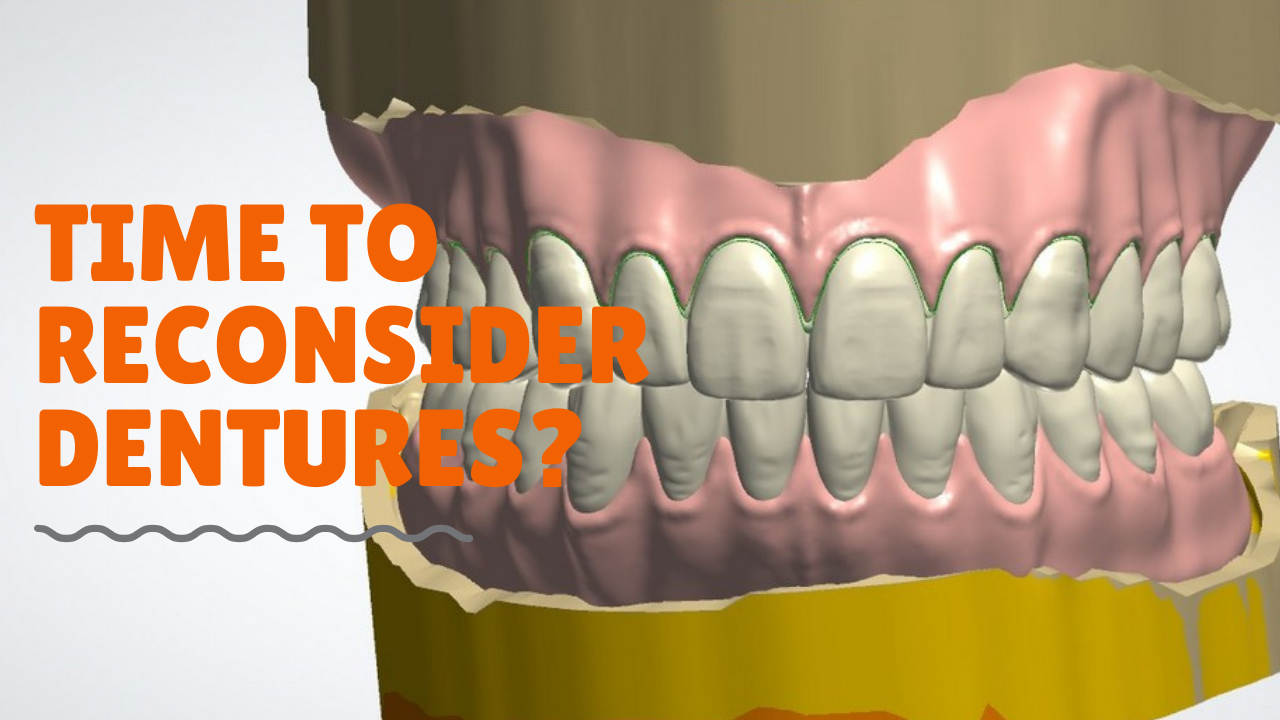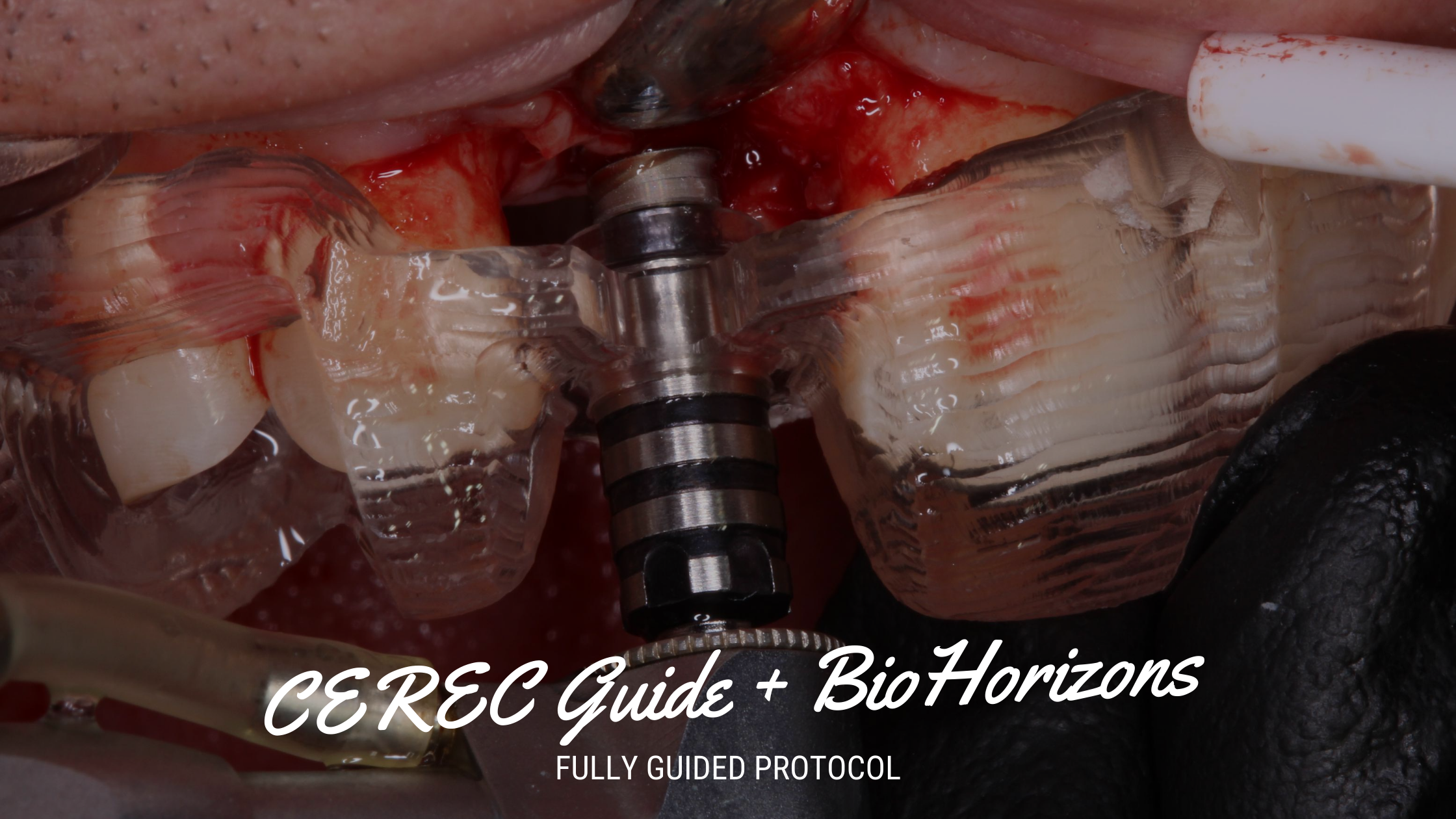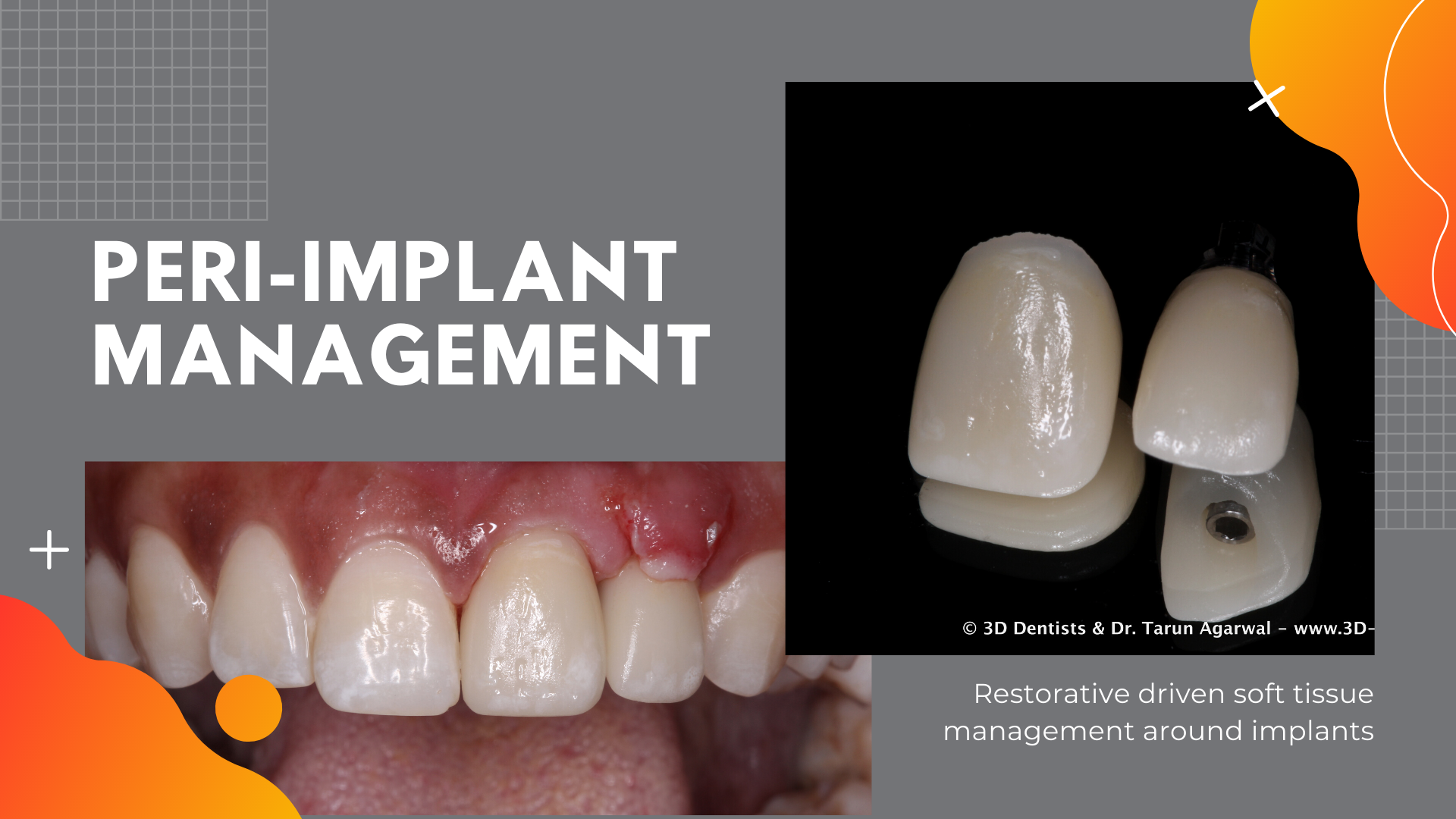Dental school can bring back scary memories and even some good memories (for me it was mainly positive). I remember taking everything I heard or learned as gospel. But then came private practice, dealing with patient expectations, and the pressures of being your own business.
Specifically, I recall being taught in dental school that you should always wait after a root canal before you make a crown. You wanted to make sure that the tooth ‘didn’t blow up’ before making a crown. It made sense, especially given the type of endodontics i was performing at that stage of my life!
It made total sense. And why shouldn’t it have? The technology and techniques didn’t exist to have it not make sense. When you were hand filing with a .02 taper stainless steel file and doing lateral condensation your endo could likely blow up. Then on top of that you place Cavit that leaks like crazy. Then we had to have the crown made and the lab bill associated with that crown. You should wait!
But there is something really terrible about that concept that I didn’t really understand. First, root canals ‘fail’ due to leakage and reinfection. That can occur from poor endo technique not cleaning out the canal system. Also from apical leakage, but more importantly from coronal leakage.
It’s the coronal leakage that is the real concern. Let’s just assume we do a good job on the endo and the apical seal. Then what do most of us do – we place a leaking temporary filling material on the tooth and pray the patient comes back to finish the crown.
And most dentists making crowns today do so with a laboratory (nothing wrong with that by the way). That means there is a time with a leaking provisional. This is simply crazy.
My suggestion is that we should be performing the entire procedure in a single visit. And the entire procedure is properly fixing the tooth. That involves both the endodontics and the final restoration.
Let’s take a look at a case example.












Looking back… Very very very very (that’s a lot of very’s for emphasis) few of my root canals ‘blew up’ that made me thankful for waiting before doing the crown. In fact, I would venture to gather that my root canal success has gone up thanks to sealing with a crown at time of endodontic therapy.
And the great news as a CEREC owner – if the tooth does blow up and I need to remake the crown, I can do it quickly and economically because I can just hit remill!
This type of case is a perfect example of being patient centric. What was once three visits (at a minimum) – 1. root canal, 2. preparation and temp, 3. restoration delivery – is now converted into a single 1.5 to 2 hour treatment.





